Equestrian sports demand peak physical performance from both horses and riders. Activities like show jumping and dressage can strain the animals, leading to fatigue, soreness, and potential injuries. Red light therapy is gaining popularity in the equestrian world for enhancing performance and aiding recovery.
Light therapy (photobiomodulation or low-level laser therapy ) has a 630-850 nm wavelength that is absorbed into the skin or tissue, initiating healing in the body. This treatment can be applied in non-invasive ways to alleviate pain, heal wounds, and reduce inflammation experienced by equestrians.

Understanding Equestrian Injury Patterns
Common Acute Traumas in Horse Riding
Because of the nature of working with animals, acute injuries often occur among equestrian athletes. Falls can cause broken bones, concussions, and soft-tissue injuries. Mishandling or unexpected reactions during competitions can also lead to cuts and bruises. Immediate attention to these types of injuries is very important because it can lessen downtime and ensure that athletes are fit during competition.
Chronic Conditions Among Professional Riders
Engaging in long-duration equestrian sports, lower back pain, joint degeneration, and repetitive-strain injuries are all typical of chronic effects that many athletes are known to experience. Wear-and-tear stems from the repetitive nature of training or as a consequence of remaining in the saddle for extended periods and the impact absorbed during jumping. Owing to the above, it is crucial to handle chronic conditions to continue the athletic career.
The Physical Demands of Equestrian Sports
Equestrian sports are highly physically demanding and require much strength, skill, and endurance. Equestrian sports are physically demanding, requiring significant strength, skill, and endurance. The physical demands come not just from falls or accidents but even from repeated impacts of high-level activities such as show jumping or eventing over time, causing microtrauma. Additionally, the horse's power stresses the rider's muscles, joints, and tendons, causing long-term strain.
Impact-Related Stress on Athletes' Bodies
Beyond falls, continuous jumping and high-speed riding frequently cause micro-injuries. These repetitive examples of landing with and onto the horse produce forces that affect joints in particular - the knees, hips, and spine over time, leading to pain and stiffness. Interaction with the horse further stresses joints and soft tissues, especially in the upper body and core.
Musculoskeletal Challenges in Different Disciplines
Various physical challenges faced by every discipline:
Dressage Riders: Riders develop the ability to maintain appropriate posture for highly extended periods, which leads to tension within the back, hips, and belly core. As there is protracted use of these muscle groups, unnatural muscular imbalances and stiffness might develop.
Rodeo Riders: Hands, wrists, and forearms often suffer strain from constantly gripping reins or ropes. Abrupt jerks pose considerable pressure on the shoulder region, elbow, and wrist tissues by provoking overuse injuries.
Cross-Country Riders: Uneven terrain strains legs, knees, and lower back, while tight grips and frequent posture adjustments fatigue forearms, shoulders, and core.

Red Light Therapy Applications in Equestrian Recovery
Even though red light therapy might sound like something from a futuristic wellness trend, in reality, it's an actual method that has been proven to heal and recover. Specific wavelengths and blood flow are vital in fostering the body's healing processes for the purposes of pain reduction and the promotion of stimulation, which is good for recovery after a tough ride or accident.
Targeting High-Risk Injury Areas
Horseback riders, especially, are prone to injuries in their back, knees, hips, and shoulders. These joints and muscles endure significant training stress, where red light therapy can promote healing. When these locations are exposed to red light rays, blood circulation is boosted, inflammation is diminished, and tissue regeneration is stimulated. It is also particularly useful for injuries and pain management relief that no longer have positive effects with traditional treatments.
Pain Management and Healing Acceleration
Once administered, the light from a red light therapy device moves through the skin to affect targeted internal organs. This light initiates ATP (adenosine triphosphate) production, a cellular energy required for repairing organs and other functions. By increasing ATP production, red light therapy accelerates healing, reducing recovery delays between training sessions.
Mental and Physical Recovery Strategies
Addressing Performance Anxiety and Injury Fear
Athletes in horseback events commonly experience performance anxiety and fear of re-injury. Such mental discords affect their confidence and concentration while competing. RLT can indirectly enhance mental well-being by alleviating physical discomfort and improving sleep patterns. Usage of mental relaxation techniques such as visualization or mindfulness may also help athletes overcome these obstacles and build confidence in their abilities again.
Integrating Therapy into Training Routines
Including red light therapy in any athlete's training routine will allow continued recovery and preparation of the equestrian athlete. Applying RLT during warm-ups aids muscle warm-up, improves flexibility, and reduces injury risk. Post-training helps in recovery by reducing muscle soreness and encouraging cellular repair. Regular sessions are meant for long-term maintenance of this resilience to the physical demands of sport.
Optimizing Athletic Performance Through Treatment
Protocols for prevention and maintenance
Red light therapy is not only a treatment method for healing various diseases but is also used to prevent diseases. It aids in the maintenance of muscle elasticity and better circulation and increases the possibility of strain injuries. This proactive approach allows riders to anticipate potential issues and maintain consistent training and competition schedules.
Regular RLT use enhances performance and preserves musculoskeletal health, extending athletic longevity.
Long-Term Benefits for Career Longevity
The durability of an equestrian career relies much on proper maintenance of the body and mind. Regular use of red light therapy can assist the riders in controlling chronic pain and avoiding further re-injury while maintaining performance over time. This kind of action can actually extend an athlete's career, allowing them to enjoy top performance even in old age.
Conclusion
Red light therapy is setting new standards in equestrian athlete care. This innovative therapy is a safe, non-invasive way to promote recovery and pain relief, improve overall performance, and much more. It's widely used for muscle recovery, preventing injury, and speeding up wound healing. As its use spreads among equestrians and veterinarians, red light therapy is poised to become integral to equestrian sports and care.
References
- Morimoto, Yusuke et al. “Low level laser therapy for sports injuries.” Laser therapy vol. 22,1 (2013): 17-20. doi:10.5978/islsm.13-or-01
- Vanin AA, Verhagen E, Barboza SD, Costa LOP, Leal-Junior ECP. Photobiomodulation therapy for the improvement of muscular performance and reduction of muscular fatigue associated with exercise in healthy people: a systematic review and meta-analysis. Lasers Med Sci. 2018;33(1):181-214. doi:10.1007/s10103-017-2368-6
- Tsuk S, Lev YH, Fox O, Carasso R, Dunsky A. Does Photobiomodulation Therapy Enhance Maximal Muscle Strength and Muscle Recovery? J Hum Kinet. 2020;73:135-144. Published 2020 Jul 21. doi:10.2478/hukin-2019-0138



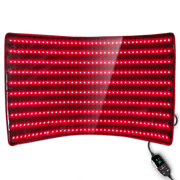






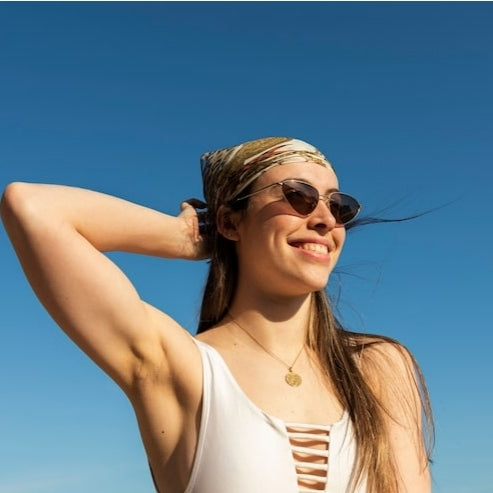
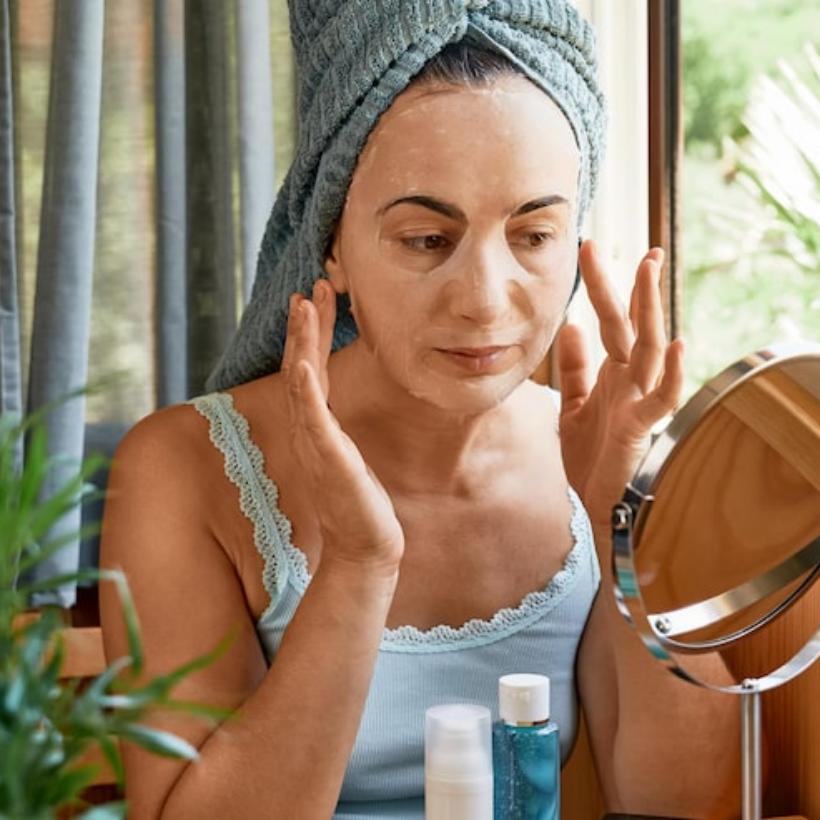
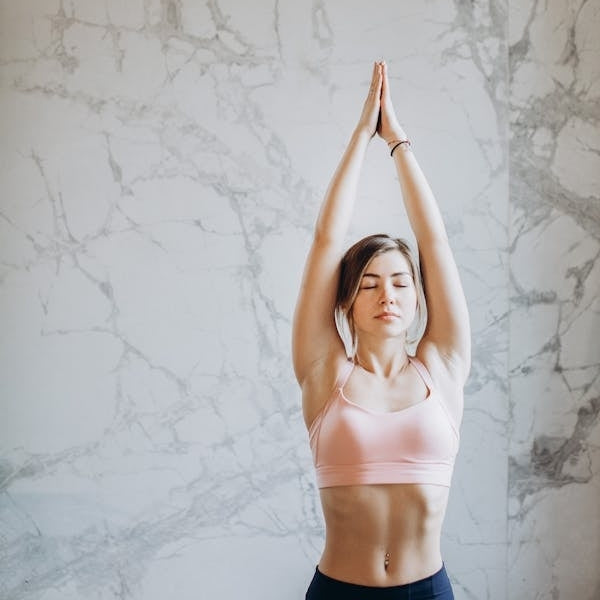
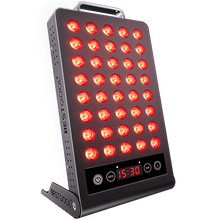
 Small
Small
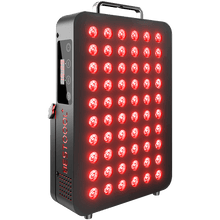
 Moderate
Moderate
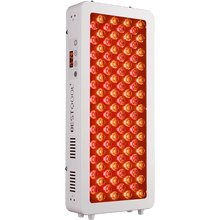
 Moderate
Moderate
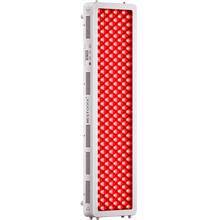
 Moderate
Moderate
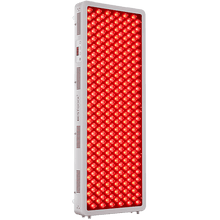
 Full
Full



